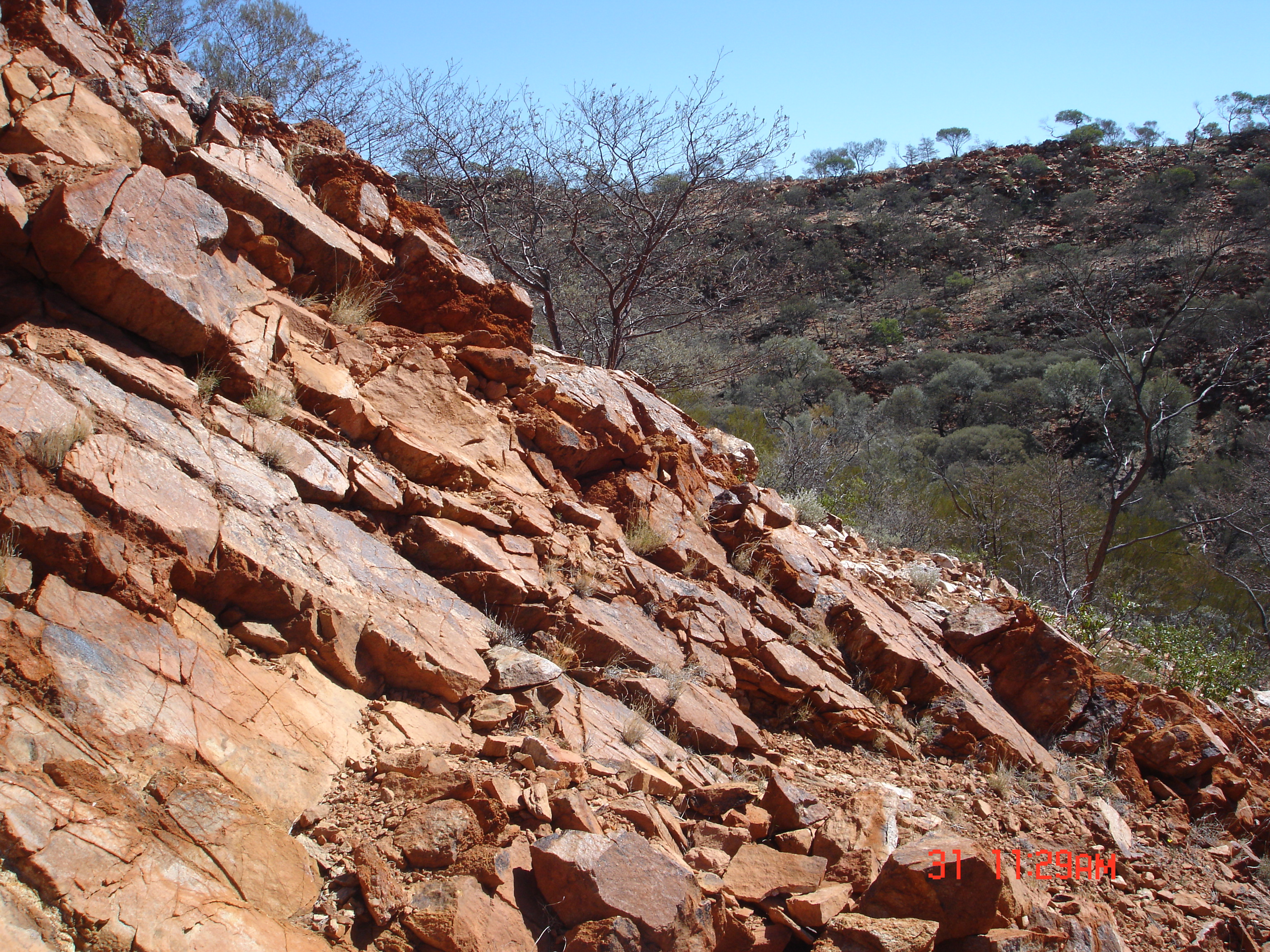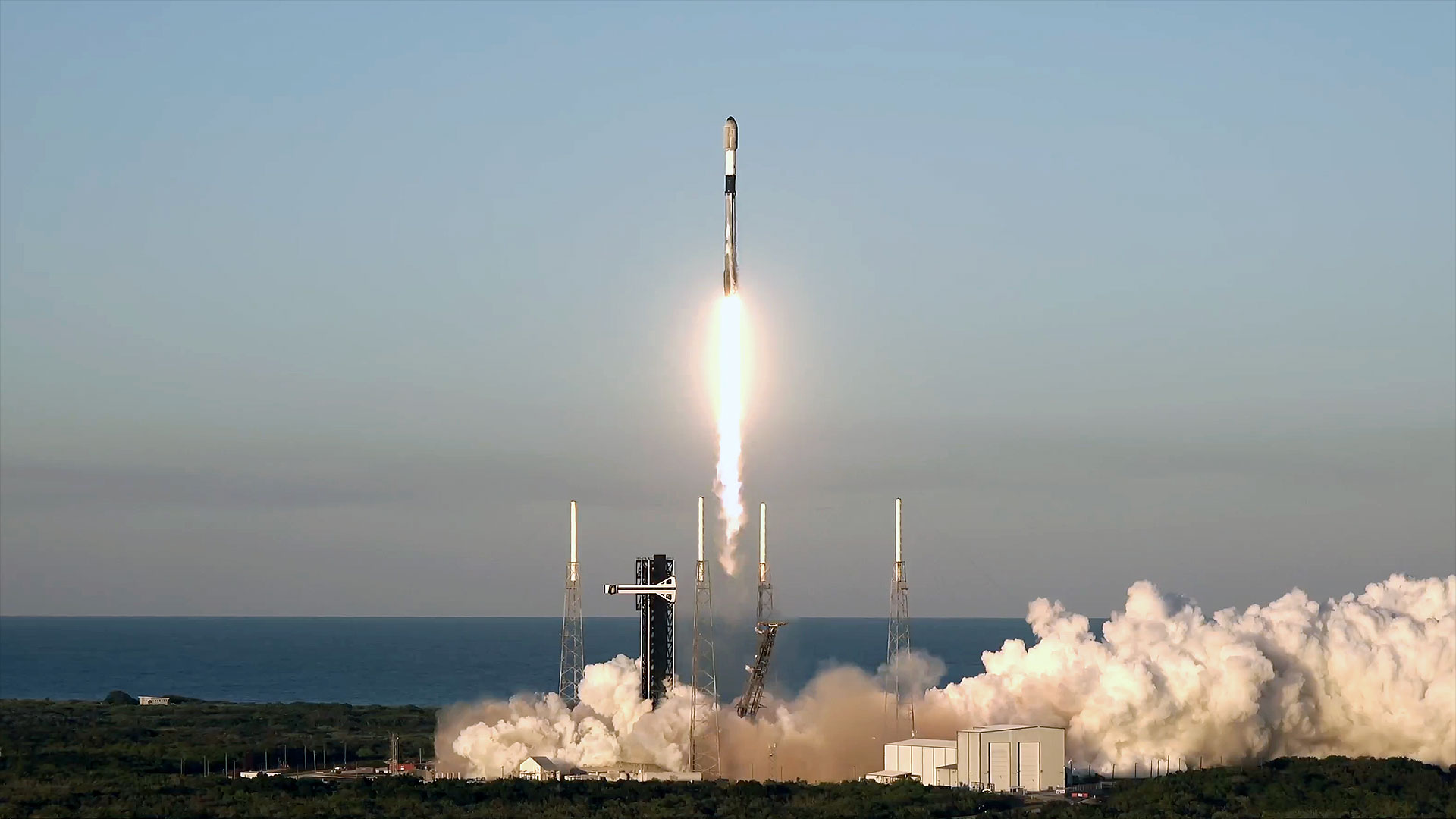Earth's oldest crystals reveal age of plate tectonics
The findings were buried beneath billions of years of Earth history.

Earth's constantly moving tectonic plates have created the unique habitable planet we recognize today.
A new study, led by geologist Michael Ackerson from the Smithsonian's National Museum of Natural History in Washington has predicted that our planet's tectonic plates — large slabs of Earth’s crust lying over a liquid mantle — began moving roughly 3.6 billion years ago, when Earth was just under one billion years old.
Peering this far back into the planet's ancient past requires studying material that can stand the test of time, in this case billions of years. For this, the scientists turned to zircons — the oldest and one of the toughest minerals on Earth.
Related: 'Lost' tectonic plate called Resurrection hidden under the Pacific
These tiny crystal time capsules are virtually indestructible and can be more than four billion years old. They're one of our only windows into the primitive stages of our planet's formation.
"We are reconstructing how the Earth changed from a molten ball of rock and metal to what we have today," Ackerson said in a statement. "None of the other planets have continents or liquid oceans or life. In a way, we are trying to answer the question of why Earth is unique, and we can answer that to an extent with these zircons."
So, how do you find minerals that are billions of years old? The research team turned their sights to the Jack Hills of Western Australia, where some of the oldest rocks in the world are found. There they collected 15 grapefruit-size chunks of ancient rock.
Breaking space news, the latest updates on rocket launches, skywatching events and more!
The researchers ground down the rocks and sifted out the zircons from the rest of the material, using a technique similar to gold panning. The zircons were then zapped with a laser and analyzed using a process called mass spectrometry, which reveals the chemical makeup and age of the minerals.
Some of the zircons were 4.3 billion years old and would have formed when Earth was in its infancy, around 200 million years old. These tiny minerals — only a couple of human hairs wide — reveal a lot about the environmental conditions at the time of their formation.
In this study, the scientists had collected enough ancient zircons that formed between 4.3 and three billion years ago to produce a continuous chemical record of the infant Earth.
The age of the zircons was calculated from the uranium content within the mineral. Uranium is radioactive and makes for a great "geological clock" due to its well-quantified rate of decay. By analyzing the uranium content currently present and working backwards, scientists can determine when the zircons formed.
While uranium sheds light on the age of the zircons, the aluminum content revealed details about the processes involved in their creation — and consequently, plate tectonics. The scientists discovered a rise in aluminium concentration in zircons around 3.6 billion years ago.
"This compositional shift likely marks the onset of modern-style plate tectonics," Ackerson said in the statement.
The reasoning behind this association is that one of the ways high-aluminium zircons can form is by rocks melting deep below Earth's surface. The melting of rocks at greater depths is evidence that the crust was thickening and beginning to cool, a geological indicator that the transition to modern plate tectonics was thoroughly underway.
This work was published May 14 in the journal Geochemical Perspective Letters.
Follow us on Twitter @Spacedotcom and on Facebook.

Daisy Dobrijevic joined Space.com in February 2022 having previously worked for our sister publication All About Space magazine as a staff writer. Before joining us, Daisy completed an editorial internship with the BBC Sky at Night Magazine and worked at the National Space Centre in Leicester, U.K., where she enjoyed communicating space science to the public. In 2021, Daisy completed a PhD in plant physiology and also holds a Master's in Environmental Science, she is currently based in Nottingham, U.K. Daisy is passionate about all things space, with a penchant for solar activity and space weather. She has a strong interest in astrotourism and loves nothing more than a good northern lights chase!


